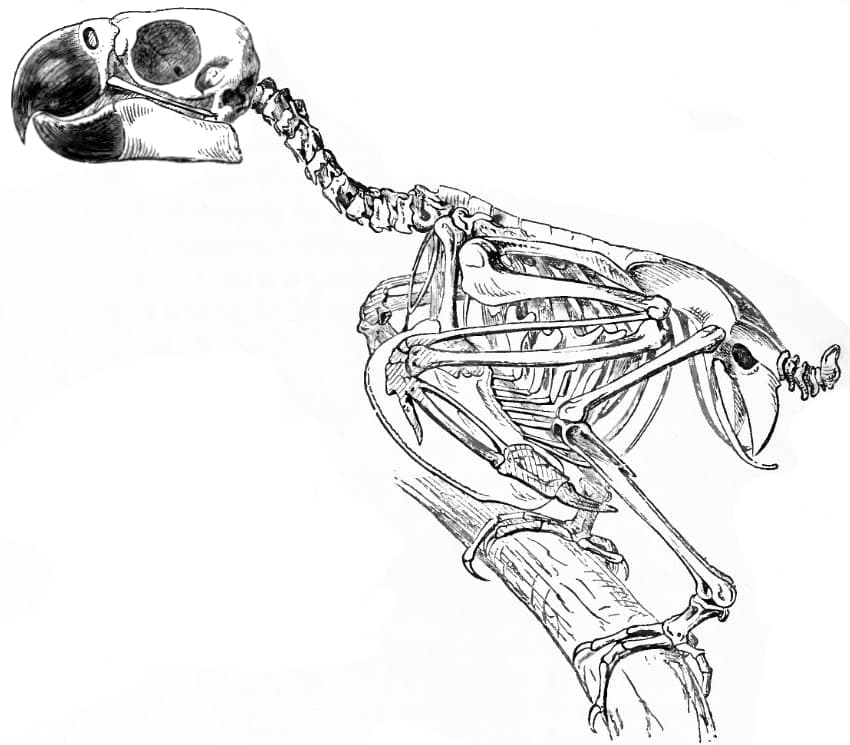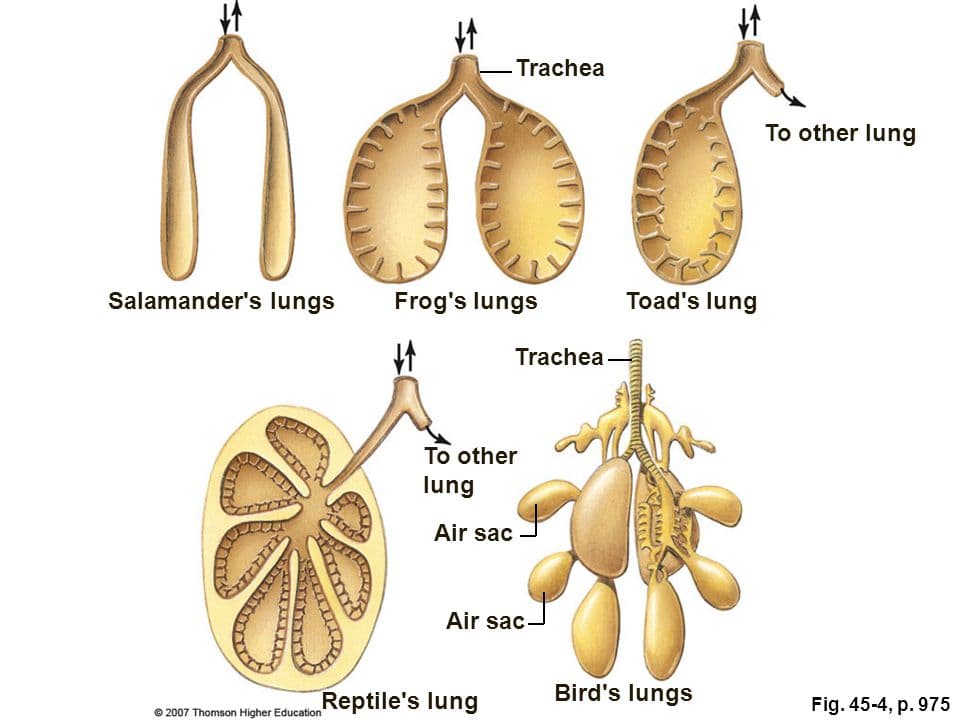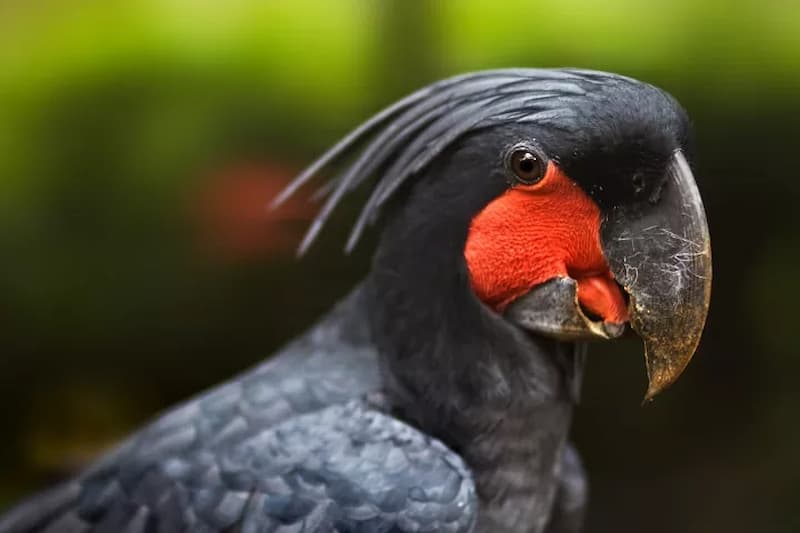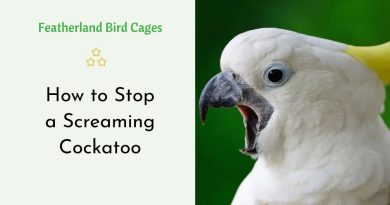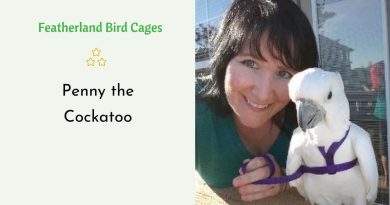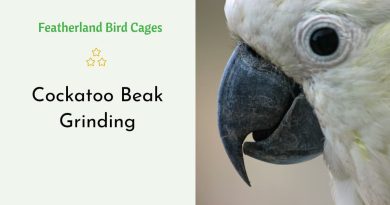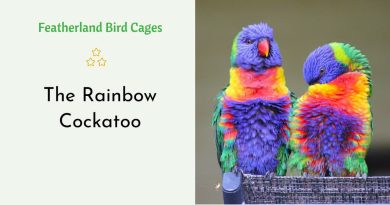The Anatomy of a Cockatoo
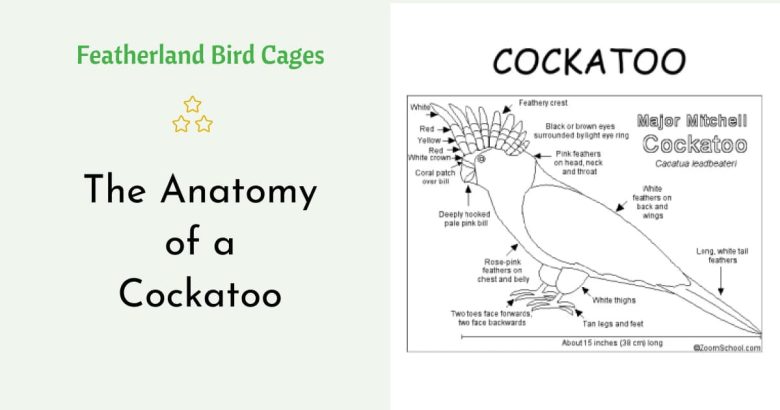
Cockatoos are a symbol of freedom and the ability to find your way through life. They also represent community and communication.
The cockatoo has a unique head crest that can move. They can also change the color of their crests to show how they feel.
Birds have different internal organs than humans, particularly their lungs and digestive system. Let’s take a look at these structures.
Skeleton
Birds are creatures gifted with the ability to fly. Their body structure is made up of a light skeleton that can provide them with necessary support to fly while keeping their organs and tissues safe.
Some of their bones are hollow with special struts inside, which strengthen them without making them heavier. Others are more rigid than in a mammal’s, for example their collarbones are joined together into a single brace called the wishbone.
Their skeletal system also differs from mammals because of their wings and locomotor adaptations. For instance, the birds’ long forelimb elements are reflected in their longer and heavier humeri and femora than in rodents. Their lighter crania also reflect their flying adaptations, but this is not the only difference. Birds have a different digestive and respiratory systems too. For example, food is processed in the crop first before moving to the gizzard where it is crushed, mixed with enzymes and finally deposited in their poop.
Lungs
Cockatoos breathe with lungs that are much different from those of humans. Birds’ lungs are small, but they’re incredibly efficient. This is because they have air sacs that work like bellows to move air around their internal body. This enables them to take in as much oxygen as possible.
During inhalation, the air passes through the lung’s posterior region first, followed by the anterior region. This allows the cockatoo to get as much oxygen as possible in order to power their wings during flight.
The cockatoo tongue is muscled and held together by a hyoid apparatus that consists of cartilage. This helps cockatoos to grasp items and food, but it’s also what enables them to mimic sound. In addition, the cockatoo’s tongue is designed to help them crush and move food down their gullets into their stomachs. This helps them to get the nutrients they need. This tongue structure also makes it possible for cockatoos to make clicking noises.
Digestive System
Cockatoos are partial to a vegetarian diet and they use their big beaks and tongues as an improvised tool to crack open shells, dig up roots and eat other things that their natural habitat provides. Their digestive system includes a muscular channel (esophagus, proventriculus, gizzard, and intestine) that transports food, salivary glands and pancreas that contribute digestion enzymes, and the liver that secretes bile for fat digestion.
The large intestine removes water and most of the nutrients from ingested foods and prepares wastes for excretion through the cloaca. The cloaca also serves as the common opening of the urinary, reproductive, and gastrointestinal tracts.
The cockatoo’s lightweight skeleton makes it less energy-consuming to fly, but this does make their bones more fragile than the skeletal system of most other species. Their tongues are particularly vulnerable to injuries, especially if they chew on sharp objects or get involved in territorial fights among their flock members. Serious wounds to the tongue may leave them permanently unable to feed themselves.
Tongue
Cockatoos have highly-muscled tongues that are capable of extending, retracting and clicking. They can also use their tongues to mimic sounds. Their tongues are held in place by a structure called the hyoid apparatus which can be comprised of cartilage or an unpaired bone known as the paraglossum. A cockatoo’s tongue can be injured by chewing on sharp objects or ingesting metal. It can also get swollen due to infections, including diphtheria.
The cockatoo’s tongue plays an important role in the production of calls and song, although the actual sound is generated by an organ called the syrinx. The tongue can modify the pitch of these sounds by pressing against it against the syrinx and moving around inside the mouth.
Thousands of cockatoos are given to bird shelters every year and may be adopted by individuals or purchased from pet stores and reputable breeders. Young cockatoos are often easier to tame and train. They are more adaptable to new environments and situations as well, which makes them a popular choice for people looking for a pet.

